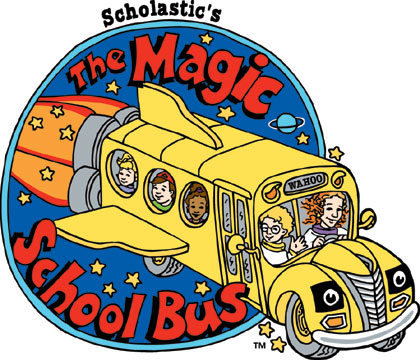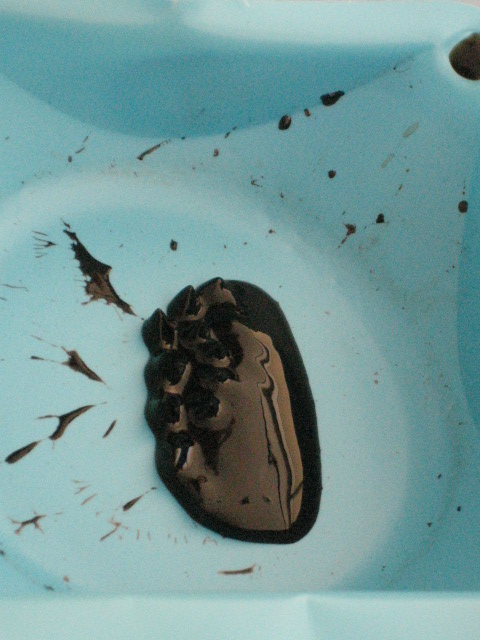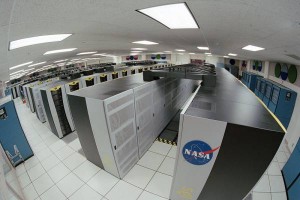My dad is a US patent examiner and he mainly works with companies like Honda, Toyota, and Mazda when they submit patents for things such as electro-hydraulic power steering. As a result, his vast knowledge of cars has rubbed off on me quite a bit since he often takes me along to different car shows and to one of the BMW factories in North Carolina. Anyways, seeing the concept cars in today’s powerpoint really interested me.
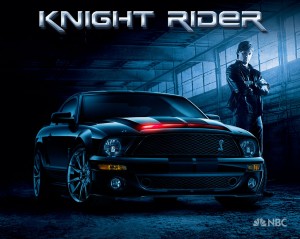
Promo Picture for the new version of Knight Rider
Immediately, I thought of the KITT (Knight Industries Two/Three Thousand) car in the show Knight Rider. It is fully equiped with the latest forms of nanotechnology: a molecular bonded shell that protects the car from bullets and explosives, pyroclastic lamination which makes the paint thermal resistant to up to 800 degrees F and a medical scanner that includes an electrocardiograph (ECG) much like the one we saw in the video clip earlier.

Honda Great Racer 2025
Another vehicle that I immediately thought of was the Honda Great Race. It is designed to go around the entire world in 24 hours on land, air, or water. The shape of it is much like that of a podracer from Star Wars. Uniquely, it was sonar and echolocation sensors located all over to detect speed, terrain, and altitude in order to switch configurations from car to boat to plane.
Although nanotechnology is allowing scientists and engineers to make these concept cars actually work, the probability that they will be available to the masses is very unlikely. The cost to make these cars are very great, making it difficult for people to obtain them. The futuristic and avant-garde shape and design of the cars may not suit many peoples’ tastes. Instead, luxury car companies such as Mercedes Benz or BMW will add a few cool, subtle features to the cars that they actually sell, such as having the headlights be able to move up and down and right and left to go along with the hills and curves of the road you are driving on.
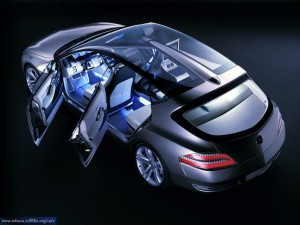
A Mercedes concept car

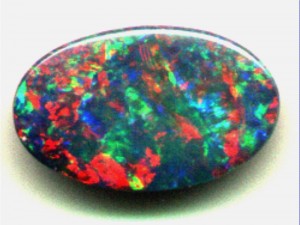





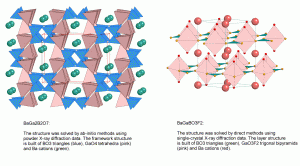
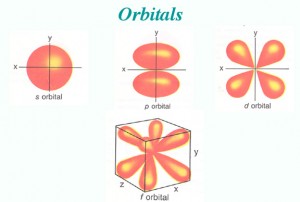 As we explored the motif of shape in both art and science in our morning lecture, the similarities between the two subjects grew even greater. Shape was discussed in the context of music, architecture, molecules, as well as art in the form of dance.
As we explored the motif of shape in both art and science in our morning lecture, the similarities between the two subjects grew even greater. Shape was discussed in the context of music, architecture, molecules, as well as art in the form of dance.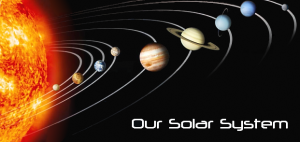 A change in the shape of an atom, with the changing of the number of electron orbitals can contribute greatly to the functioning and attributes of the molecule. The drastic changes accruing in the atoms made me think about how differently something can be looked at when looked at from another perspective. New information as well as perspectives can be acquired and adds multi dimensions to some problems that may seem unsolvable. In cases in which there seems to be no more answers it seems there is always another way to look at the subject in order to attain more answers.
A change in the shape of an atom, with the changing of the number of electron orbitals can contribute greatly to the functioning and attributes of the molecule. The drastic changes accruing in the atoms made me think about how differently something can be looked at when looked at from another perspective. New information as well as perspectives can be acquired and adds multi dimensions to some problems that may seem unsolvable. In cases in which there seems to be no more answers it seems there is always another way to look at the subject in order to attain more answers.


 proposals. My group consists of myself, Matthew, Nicholas, Mason, and Charlotte. We wanted our project to be socially relevant as well as involving the necessary
proposals. My group consists of myself, Matthew, Nicholas, Mason, and Charlotte. We wanted our project to be socially relevant as well as involving the necessary  convenient treatment for those suffering with hemophilia, which included a one-time vaccination. This vaccine would release nanobots into the body of the infected person that can effectively produce the
convenient treatment for those suffering with hemophilia, which included a one-time vaccination. This vaccine would release nanobots into the body of the infected person that can effectively produce the 
